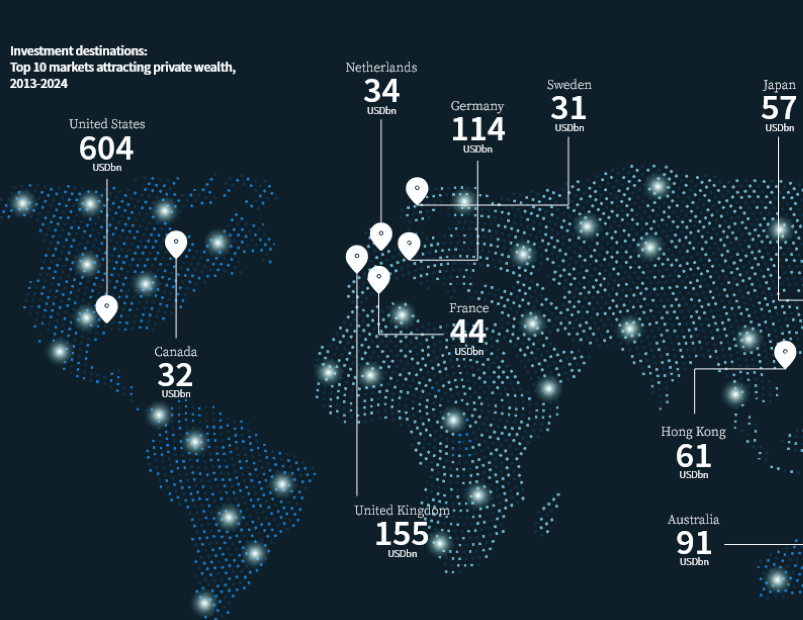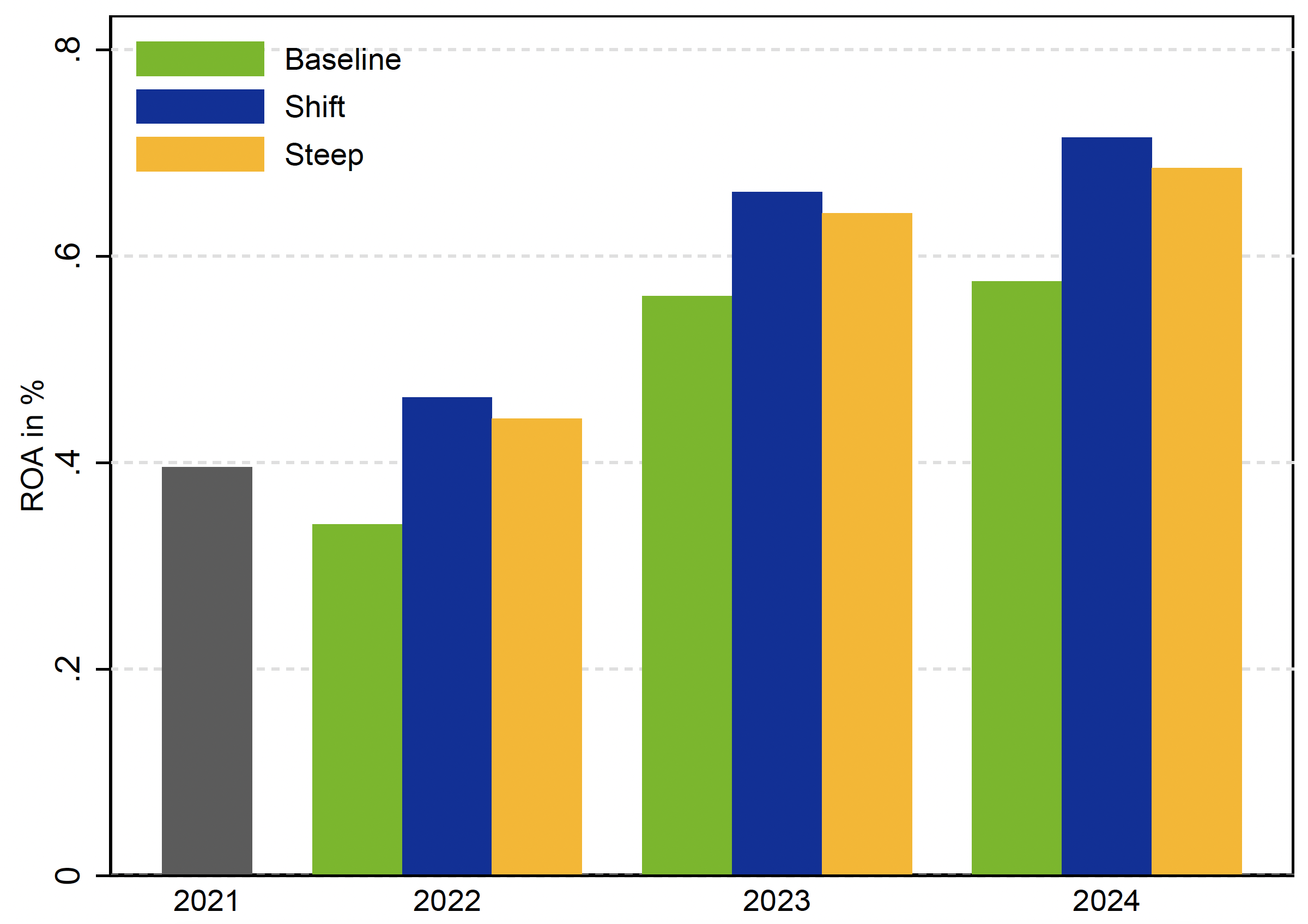Jenny Radke, a Broadway and television actress, was never big on joining health clubs or taking fitness classes. With a background in dance, she has long known how to keep herself fit.
But the new Life Time health club in lower Manhattan won her over with its Kids Academy, a 10,000-square-foot space where she can drop off her 19-month-old daughter for puzzles and other developmental activities while she does Pilates, jogs on the treadmill and winds down with a hydromassage.
“She has a little yoga mat and can do what Mommy is doing,” said Radke, known professionally as Jenny Laroche. “I get in some ‘me’ time.”
As people return to in-person activities with the loosening of coronavirus pandemic restrictions and a fall in reported COVID-19 cases from last year, they are making a beeline for the gym, eager to shed extra pounds they gained during lockdowns. And the $32 billion U.S. fitness industry is greeting them with some new tricks.
Monthly visits to gyms from March through August rose more than 18% from the same period in 2019, according to data from Placer.ai, which tracks retail foot traffic. New memberships also increased, with sales per square foot at gyms up 34% in August from a year earlier and almost on a par with 2019, said Mark Sigal, CEO of Datex Property Solutions, a software company that tracks retail properties.
The enthusiasm reflects fatigue with solo workouts coupled with a quest for communal experiences, at a time when some at-home exercise equipment that became popular during lockdowns — such as Peloton bikes — is falling out of favor.
Health clubs and gyms — slammed with mandated closings at the beginning of the pandemic, followed by occupancy limits and then waves of variants that made people wary of huffing and puffing in the vicinity of others — are positioning themselves for this moment. Well-capitalized chains are expanding, taking advantage of pandemic-depressed rents, and operators are reconfiguring their spaces, adding accommodations not only for children but also for aging baby boomers.
Budget gyms that offer basic equipment and cheap memberships are doing especially well, as are boutique exercise studios at the other end of the spectrum that specialize in niche regimens, such as boxing and barre.
The fitness industry overall is on track to grow 4.2% this year, according to a recent report from research firm IBISWorld.
“The future looks bright,” said Chris Craytor, chair of IHRSA, a fitness industry trade group.
But questions remain about the existential threat that remote exercise routines pose, especially because women lag men in returning to facilities. And some of the growth in memberships could be chalked up to people looking for new fitness homes after their old clubs went out of business.
Some operators are still experiencing “hangover” from deals they cut with landlords during the pandemic, said Craytor, with many gyms still paying off deferred rent. “Operators are trying to get out from under these difficulties,” he added.
In the years leading to the pandemic, retail real estate was in the doldrums because of the rise in online shopping. But fitness businesses were a bright spot, bolstered by a growing awareness of exercise’s role in overall health.
By 2019, there were 41,370 fitness establishments in the United States and 64.2 million members, according to IHRSA. Still, only 20% of the population was using gyms.
During the early months of the pandemic, temporary gym closures cut off revenue. Operators made deals with landlords to hold their spaces and added remote and on-demand classes to retain members. Still, one-quarter of gyms went out of business, and some chains declared bankruptcy.
Rent collections have been steadily rising this year and reached more than 93% in August, although they were still below the same month in 2019, according to Datex.
But the pandemic has left many office landlords with record vacancies and has made them more amenable to health clubs. Owners of older buildings, rushing to offer the latest perks to compete with newer properties, are seeking businesses, like health clubs, that they believe can help them attract tenants.
“Years ago, 90% of club pipeline was us calling landlords and developers,” said Parham Javaheri, chief property development officer at Life Time, which bills itself as a “country club” version of a health club, with salon and spa services and $249 monthly memberships. “Now at least 50% of work is from inbound interest.”
Health club operators may be rethinking where to locate in light of the work-from-home trend, industry experts say.
Before the pandemic, downtown business districts were attractive to gyms because commuters could exercise before or after work. Now, many workers are at the office fewer days a week, if at all, and may prefer joining a club near where they live.
Within clubs, operators are creating more open areas, reflecting lingering concerns over contagion; sometimes they do this by getting rid of cardio equipment, in recognition of the fact that many people took up biking and other forms of outdoor exercise during lockdowns.
At the same time, many establishments are adding new gear, such as air-powered resistance training equipment for the benefit of older members. As remote and on-demand fitness remain popular among some groups, operators are mounting cameras to record classes.
Gymage in Miami Beach, Florida, caters to social media influencers with tripods, ring lights and a mile of LED lighting, said Carlos Enguídanos, the company’s CEO. “Every corner that you take a picture is going to be an amazing spot,” he said.
There’s also an emphasis on communal spaces where members can hang out and maybe get some work done from laptops.
Boutique fitness businesses, of course, require less space overall. Studios range from 1,500 to 5,000 square feet and can be cheaper and easier to get up and running quickly.
“It’s a whole different thing rolling in some rowing machines and having a desk in front,” said Barrie Scardina, a retail expert for Cushman & Wakefield.
Xponential Fitness, a franchiser of boutique brands including Rumble Boxing, has 2,100 studios in the United States. One of its fast-growing brands is devoted to stretching, with sessions starting at $49 for 50 minutes.
But low-cost, no-frills gyms are doing well, too. Planet Fitness — which has 2,324 stores, mostly in U.S. shopping centers — added 300,000 members in the second quarter of the year.
Sam Rogers, a recent college graduate, joined the company’s gym in Portsmouth, New Hampshire, in June, attracted by the $10 monthly membership. “It doesn’t break the bank,” he said.
He also likes the attitude-free atmosphere. He runs on the treadmill, then moves on to the free weights while others are doing their own workouts at their own pace.
“You just walk in, do your thing and go,” he said.
















